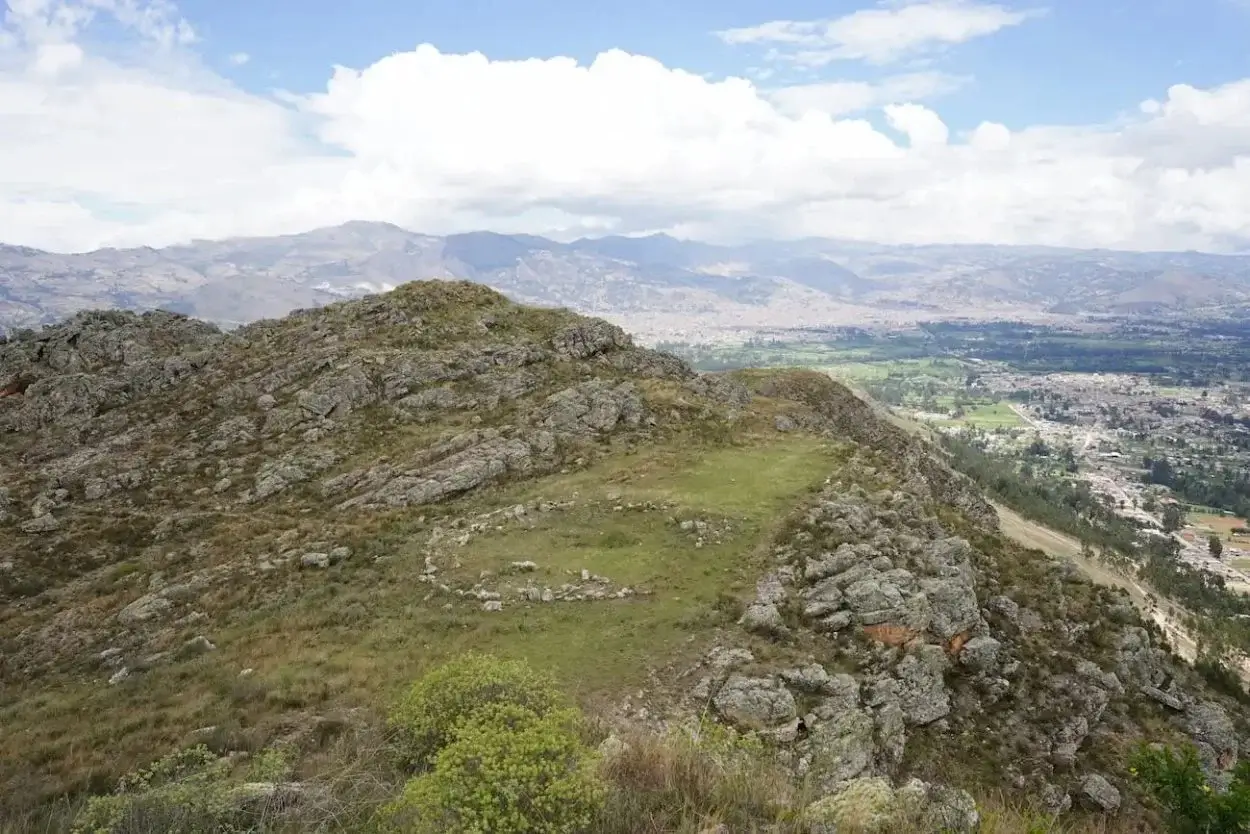
Ancient Megalithic Plaza Found In The Andes
Archaeologists from the University of Wyoming (UW) have uncovered a megalithic plaza in the Cajamarca Basin of northern Peru.
According to the researchers, the plaza dates from around 4,750 years ago and is one of the earliest examples of a circular plaza construction in the Andean South America.
The discovery was made at the Callacpuma archaeological site, consisting of two concentric walls of large, vertically placed megalithic stones held upright without the use of mortar.
The form and size of the construction, alongside the absence of domestic items to indicate habitation, suggests that the monument was likely ceremonial in purpose.
A study of the site, titled “A Monumental Stone Plaza at 4750 BP in the Cajamarca Valley of Peru”, is published in the peer-reviewed journal Science Advances, and states that this method of ancient Andean construction is completely new to archaeologists.
Carbon dating has indicated that the site dates from around 4,750 years ago during the Late Preceramic Period. “This structure was built approximately 100 years before the Great Pyramids of Egypt and around the same time as Stonehenge,” said Associate Professor Jason Tooley from UW.
Ancient Peruvian Death Mask From 10,000 BC? It’s Made of Unearthly Material!
The site continued to be used as a ritual space, at least periodically, through the Initial period and Early Horizon (evidenced by ceramic deposits).
These dates indicate that the circular plaza at Callacpuma stands as the earliest documented instance of monumental and megalithic architecture in the Cajamarca Valley, and among the earliest in ancient Peru.
“It was probably a gathering place and ceremonial location for some of the earliest people living in this part of the Cajamarca Valley,” Toohey adds. “These people were living a primarily hunting-and-gathering lifestyle and probably had only recently begun growing crops and domesticating animals.”
* * *
NEXT UP!
200,000 Year Old Ancient Anunnaki City Discovered In South Africa
A group of scientists recently came upon a metropolis in South Africa around 93 miles away from the port of Maputo. After looking through the artefacts in the area they were able to discern the fact that the site dates back to at least 200,000 years ago.
This metropolis appears to have been built sometime around 160,000 – 200,000 BC and as far as we can tell it was built either by the ancient Sumerian Anunnaki or in their name.
The discovery was made by Johan Heine and Michael Tellinger as they apparently discovered one of the oldest if not the oldest metropolises ever encountered by mankind.
* * *
READ MORE: Zecharia Sitchin’s Translation of 14 Tablets of Enki: Complete History of Anunnaki
Interesting! Anunnaki Artefacts That NASA Is Hiding (Video)
Telegram: Stay connected and get the latest updates by following us on Telegram!
We’d love to hear from you! If you have a comment about this article or if you have a tip for a future Collective Spark Story please let us know below in the comment section.
